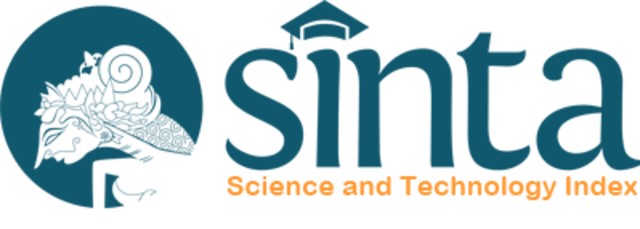Pengembangan Model Bisnis Daur Ulang Sampah Plastik di CV Majestic Buana Group
Keywords:
blue ocean strategy, business model, recycling, plastic waste
Abstract
Plastic waste which is not handling properly will disrupt the enviromental balance. The plastic waste should be seen as a resource which has economic value and can be a chance of business. This study aim is to create business model development of plastic waste recycling in CV. Majestic Buana Group (MBG). The study uses descriptive analysis with the approachment method namely Business Model Canvas, Delphi Method, SWOT (Strength, Weakness, Opportunities, Threat) and Blue Ocean Strategy. It is done by purposive sampling method in the five company division (production, finance, marketing, HRD and expert). The result shows that the business model development can be amphasized on three elements; key resources, key partner and value propositions. The development of key resources can be done through writing business books and becoming a speaker of business seminar. It is adapted by the company vision to be able to transfer knowlegde as much as possible to the society. The key partners development is based on the result of SWOT analysis that shows major weakness compared to the other elements, therefore it is needed to give an anticipation by making new partnership with central production of plastic waste dan reducing the commercial partnership with the existing plastic waste supplier. The development of value proposition element is also based on the result of SWOT analysis which shows major strength and has a great opportunity. It can be utilized to strengthen the business model by using the company's expertise to design a household scale machine.Downloads
Published
2017-09-06
How to Cite
SusantoH., DaryantoA., & SetiawanI. (2017). Pengembangan Model Bisnis Daur Ulang Sampah Plastik di CV Majestic Buana Group. MANAJEMEN IKM: Jurnal Manajemen Pengembangan Industri Kecil Menengah, 12(1), 48-62. https://doi.org/10.29244/mikm.12.1.48-62
Section
Vol. 12 No. 1















